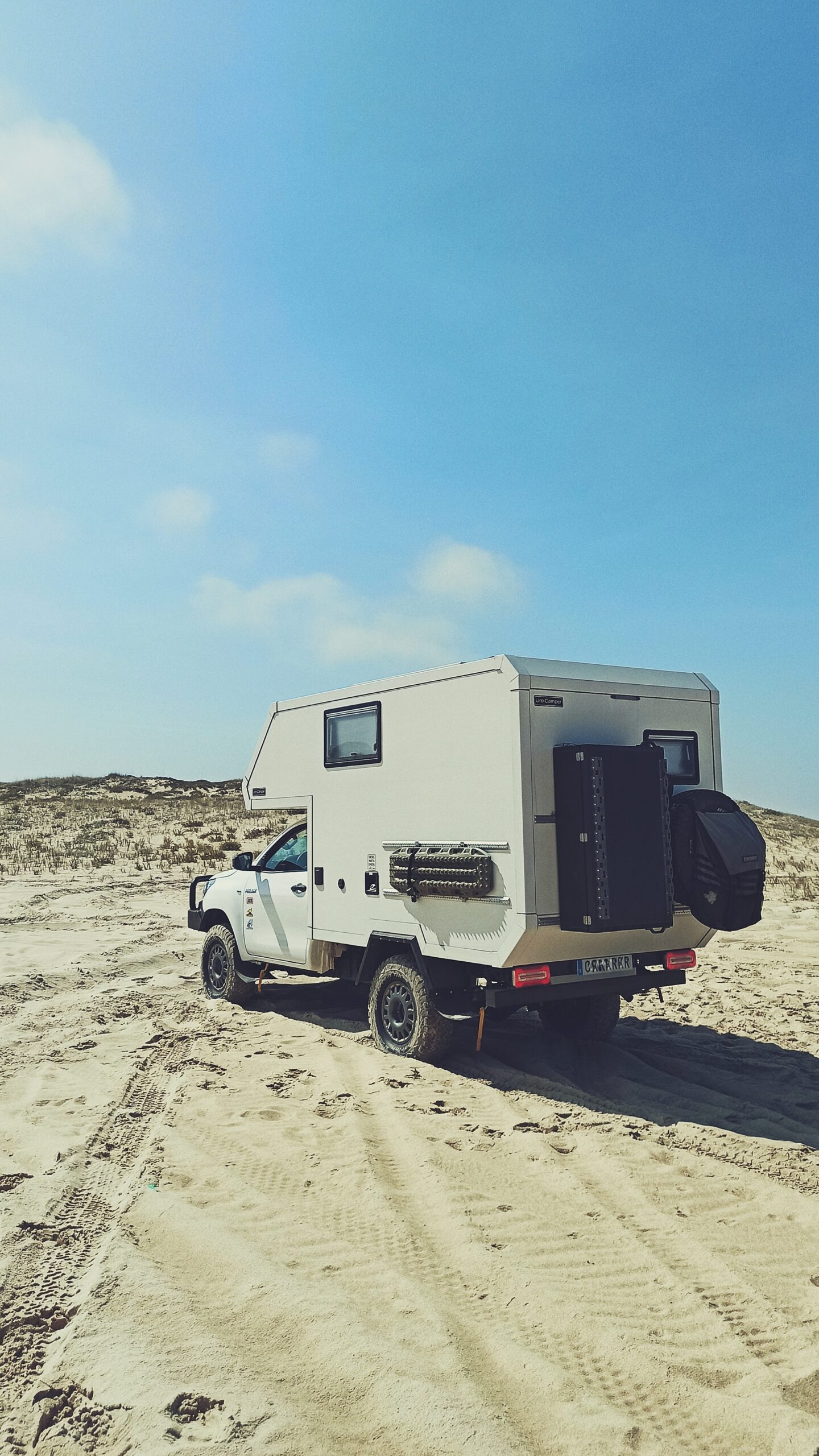As the remote EMS, fire and rescue industry continues to grow, so does the need for specialized vehicles. In many cases, a standard vehicle simply won’t cut it – which is where rescue vehicle conversions come in.
Rescue vehicle conversions can take many forms, from custom-built vehicles to modified commercial trucks. No matter what type of conversion you’re looking for, there are a few things you should keep in mind. In this post, we’ll share some examples of rescue vehicle conversions and provide tips on how to get started.
What is a Rescue Vehicle Conversion
A Rescue Vehicle Conversion is the process of customizing a vehicle to serve as a response unit for disaster rescue operations. This custom conversion is typical in remote regions and enhances the overall functionality and strength of the vehicle due to its specialized components. Reinforced frames and suspension systems make it more proficient in transporting personnel, maneuvering through tough terrain, and carrying heavy equipment and supplies.
Suspension systems play an integral part in these conversions, as they ensure smooth and safe handling during transport – which is necessary given the conditions of some rescue situations.
Different types of vehicles can be converted to suit specialized rescue operations. Vans, trucks and trailers are the most popular vehicles used for conversion, although ambulances, fire trucks, and heavy-duty specialty rescue trucks are all suitable too. Each selected vehicle provides a different advantage, such as versatile storage compartments or plenty of space for cargo, depending on the purpose of its conversion. After the vehicle is chosen and customized based on operation requirements, it must be equipped with essential safety features and facilities to provide optimal care for potential casualties in any rescue situation.
Design & Development of Rescue Vehicle Conversions
Planning and building a rescue vehicle conversion requires careful consideration of a variety of factors. What type of rescue operations do you plan to run? Do you need to traverse rough terrain or operate in an urban environment? How much can you afford to spend on the necessary equipment and supplies? All those questions must be considered when developing the overall plan for the conversion.
After assessing your budget, goals, and location context, try to come up with a clear list of specifications that will help facilitate successful operations while providing the rescue team with the means to act quickly and effectively. It’s also important to determine whether specialized training or certifications are required to use equipment that might be expensive but potentially helpful in certain scenarios. By thoroughly considering all aspects of design and planning, rescuers can have confidence in the end product: a well-built rescue vehicle well suited for their needs.
Equipment and Accessories to Consider
When it comes to rescue vehicle conversions, equipment and accessories play an important role in improving the functionality, protective capability and overall safety of the vehicle. For instance, auxiliary lighting is essential when carrying out night-time operations, while communication systems make sure that vehicles remain connected with dispatch and other support personnel. Additionally, having a well-designed storage setup helps responders remain organized and avoid delays.
Moreover, investing in smart suspension systems is especially crucial in remote locations where roads are often uneven and unpredictable. Doing so ensures that the vehicle remains stable while navigating potholes and ditches which can minimize accidents caused by the terrain conditions.
LiquidSpring for Enhanced Response Capabilities and Safety of Rescue Vehicle Conversions
LiquidSpring is the leading provider of innovative suspension solutions for emergency vehicles. With its patented, integrated suspension system, LiquidSpring creates a smoother ride while providing improved control and stability in hazardous operating environments.
Designed with enhanced safety features including automatic level control, active sway control, and adjustable high-speed damping technology, LiquidSpring safety solutions provide unmatched stability and handling performance for emergency vehicle operations. Backed by decades of innovation and field-proven reliability, LiquidSpring is the premier choice for emergency vehicle suspension systems.
Learn more about the technology that powers LiquidSpring suspension systems for emergency vehicle conversions online. Then contact us to begin your process of installing our smart suspension system onto your conversion.

